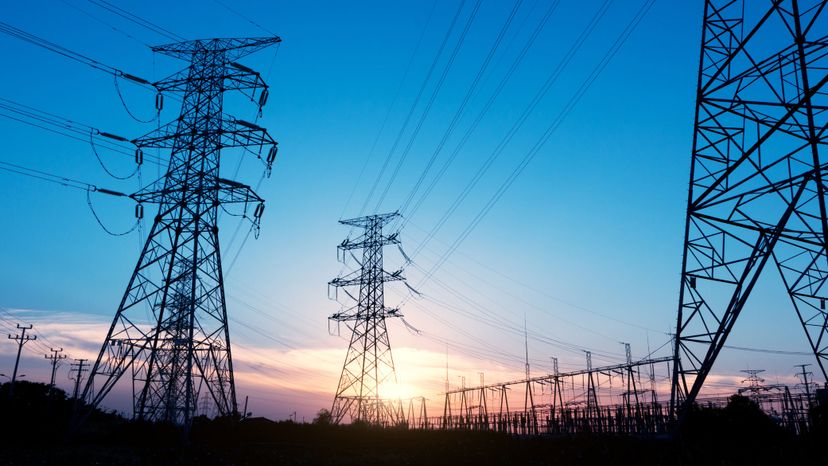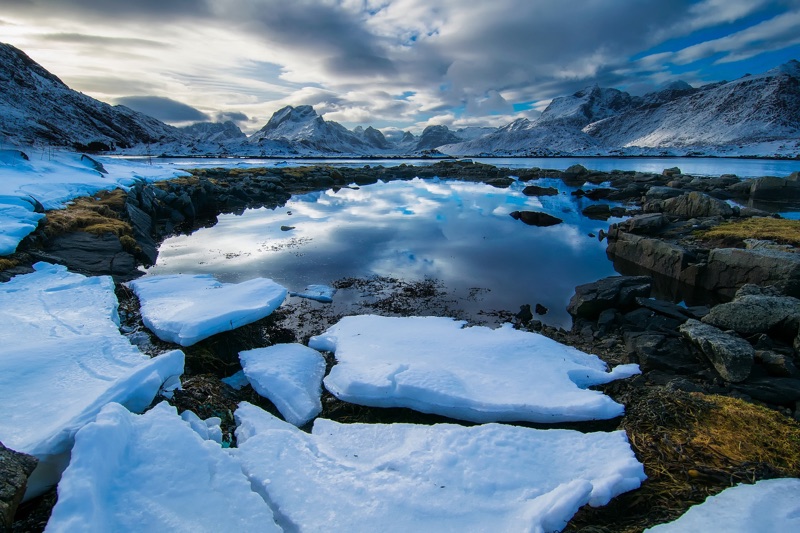Introduction
Electricity is a critical part of everyday life in the modern world. Whether it’s keeping the food on our tables fresh, or powering the lightbulbs that allow us to work at night, life in the 21st century simply wouldn’t be possible without a constant and safe supply. Consequently, maintaining the electrical grid is a critical part of infrastructure development. However, a variety of external factors, such as population density, available resources, and most recently, climate change, complicate things. In this blog, I’ll discuss how different countries/regions have been dealing with these issues:
United States
The world’s first electrical grid designed by Thomas Edison lit up Lower Manhattan on September 4, 1882. As shown by this example, the United States has a long and impressive history of supplying electricity to its citizens. Currently, the grid can be split up into three major regions that serve hundreds of millions of people combined: Eastern, Western, and Texas.
However, as this past year has shown, the grid is aging and in need of major overhaul. For example, the unusually harsh winter in Texas led to catastrophe as the inclement weather reduced the power grid’s ability to supply electricity while the cold led to a hike in user demand. Combined, these factors caused a days-long blackout all across the state.
/https://static.texastribune.org/media/files/a9fe2ede8d7b8ef17838d76263153490/HTX%20Winter%20Storm%20MYL%20TT%2015.jpg)
Another issue the grid faces is its inflexibility as renewable energy sources gain traction. With more and more residences switch to independent solar power, revenues decrease, causing suppliers to raise prices. However, the rise in prices just pushes more people to switch to renewable, causing a “death spiral” for the grid. Over twenty percent of electricity in America is already renewable, and it will only increase from here. Therefore, the grid must use technology to become smarter and adapt to the needs of a changing market.

Norway
Blessed with ample rainfall, fast-moving rivers, and valleys, over 97% of the electricity in Norway comes from renewable sources (with hydropower leading the charge). However, they are also working hard to bridge that final 3% gap. Both the government and private companies are now providing incentives for individuals to get solar energy in order to future-proof energy. In addition, start-ups like Ocean Sun, which places large solar grids on the ocean, are working on making solar energy more accessible and cheaper.





It’s very interesting to juxtapose a country that relies so heavily on non-renewable energy sources and a country that uses nearly 100% renewable energy. The United States is in need of much improvements with the infrastructure, and it really surprised me that much of the power grid has been around since the 1880s. Also, the fact that Texas has its own power grid really made me laugh.
I am in a class right now that deals with the science and policies of green house gases(GHGs), and am currently doing my report/project on Texas’s energy production. They produce the most electricity and carbon emissions out of every state, and it’s not even close. The next closest energy wise is PA actually. Basically, I’m looking at how impactful it would be if Texas were to implement carbon emission free energy production, so this topic is very current for me.
Not going to lie to you I wasn’t even sure if they had electricity in Norway until I read your blog. After seeing the picture of the solar panels in the middle of water I actually almost love the idea, but I have to wonder what affects that has to have on marine ecosystems in the area. Also I have some friends in Texas, so seeing them experience snow for the first time was hilarious, but it was definitely a good example of how our grid is in need of some remodeling.